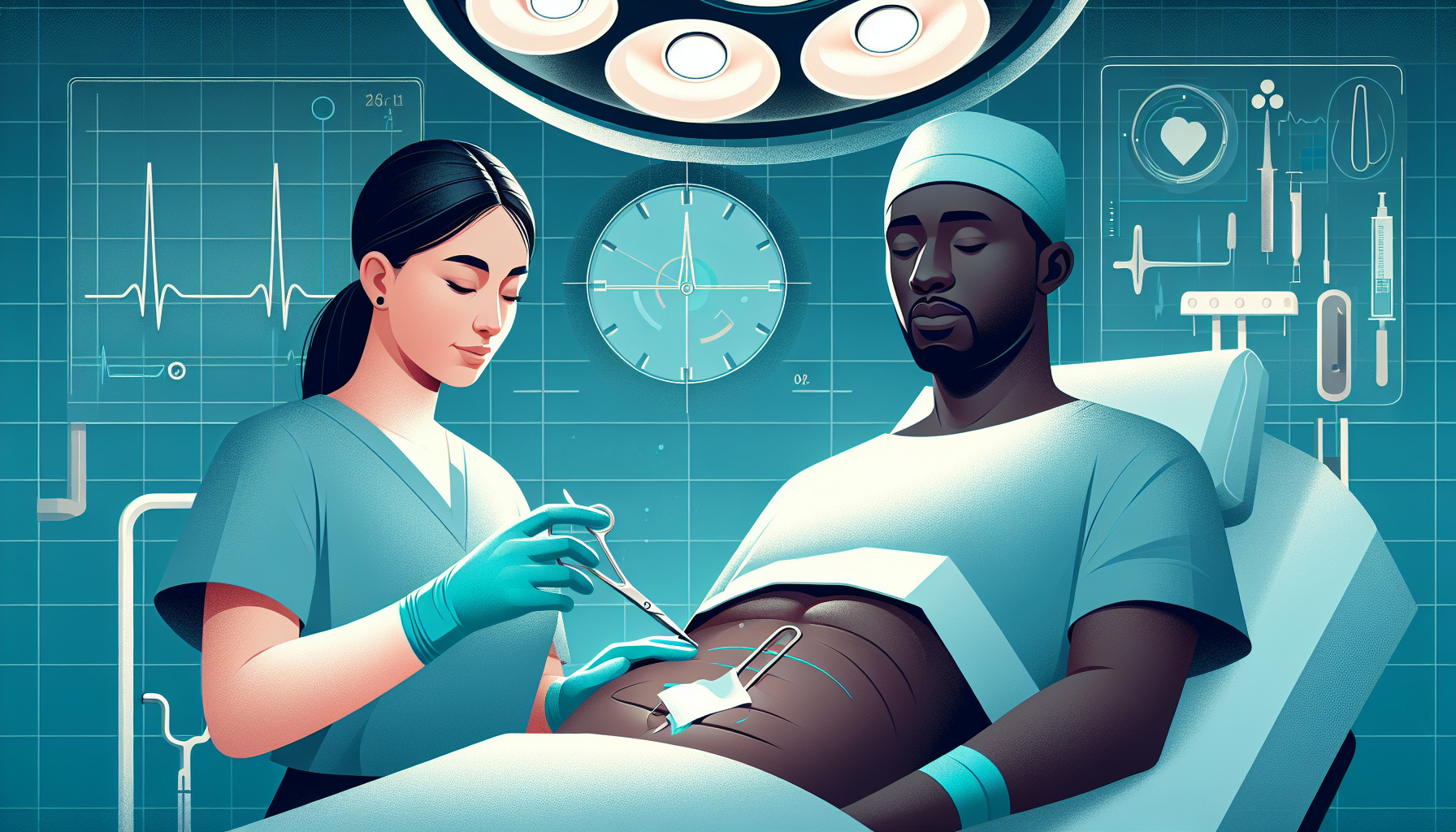Our Summary
This research paper is about the latest findings in the care of patients with diverticulitis, a digestive disease that inflames or infects the small pouches found along your digestive tract. The way doctors are treating this disease is changing. For instance, more patients are now being treated at home rather than at the hospital. Also, doctors are choosing not to use antibiotics for simple cases of the disease. The decision to perform elective surgery for diverticulitis has also become more of a personal choice than a necessity. The latest surgical practices include new techniques that are less invasive and use robotic assistance. This paper offers an updated summary of the best ways to manage diverticulitis to help surgeons treat patients with this common disease.
FAQs
- What are the latest advances in the treatment of diverticulitis?
- What are the new minimally invasive and robot-assisted techniques for diverticulitis surgery?
- How has the decision-making process for elective surgery for diverticulitis changed?
Doctor’s Tip
A helpful tip a doctor might tell a patient about diverticulitis surgery is to follow post-operative instructions carefully, including proper wound care, diet modifications, and medications as prescribed. It is important to follow up with your surgeon for regular check-ups and to report any unusual symptoms or complications. Maintaining a healthy lifestyle, including a high-fiber diet and regular exercise, can also help prevent recurrence of diverticulitis.
Suitable For
Patients with diverticulitis who may be recommended for surgery include those with recurrent episodes of acute diverticulitis, those with severe or complicated diverticulitis (such as abscess, perforation, or fistula formation), patients with chronic symptoms that significantly impact their quality of life, or those with complications such as strictures or recurrent bleeding. The decision for surgery should be individualized based on the patient’s overall health, the severity of their symptoms, and the potential risks and benefits of surgery.
Timeline
Before diverticulitis surgery:
- Patient experiences abdominal pain, usually in the lower left side.
- Patient may have symptoms such as bloating, constipation, diarrhea, and fever.
- Patient undergoes diagnostic tests such as a CT scan or colonoscopy to confirm the diagnosis.
- Patient may be treated with antibiotics and a liquid diet to manage symptoms and prevent complications.
After diverticulitis surgery:
- Patient undergoes surgery to remove the affected part of the colon (partial colectomy) or to create a colostomy.
- Patient may stay in the hospital for a few days to recover from surgery.
- Patient may experience pain, discomfort, and changes in bowel movements after surgery.
- Patient will follow a specific diet and exercise plan to aid in recovery and prevent future episodes of diverticulitis.
- Patient will have follow-up appointments with their surgeon to monitor their progress and address any concerns.
What to Ask Your Doctor
- What are the potential risks and complications of diverticulitis surgery?
- What is the success rate of the surgery in relieving symptoms and preventing future flare-ups?
- How long is the recovery process after diverticulitis surgery?
- Will I need to make any changes to my diet or lifestyle after surgery?
- Are there any alternative treatments or options for managing diverticulitis that I should consider?
- What is the surgeon’s experience and success rate with performing diverticulitis surgery?
- How long will I need to stay in the hospital after the surgery?
- Will I need to have any follow-up appointments or tests after the surgery?
- Are there any long-term effects or complications I should be aware of after diverticulitis surgery?
- What is the expected outcome in terms of my quality of life after surgery?
Reference
Authors: Sacks OA, Hall J. Journal: JAMA Surg. 2024 Jun 1;159(6):696-703. doi: 10.1001/jamasurg.2023.8104. PMID: 38630452
